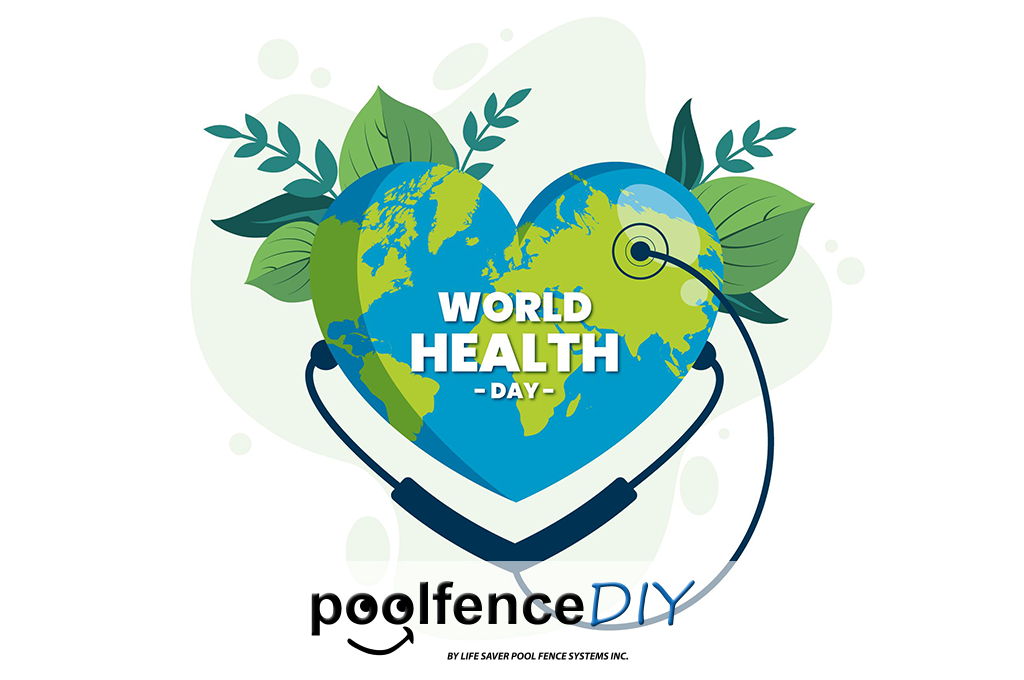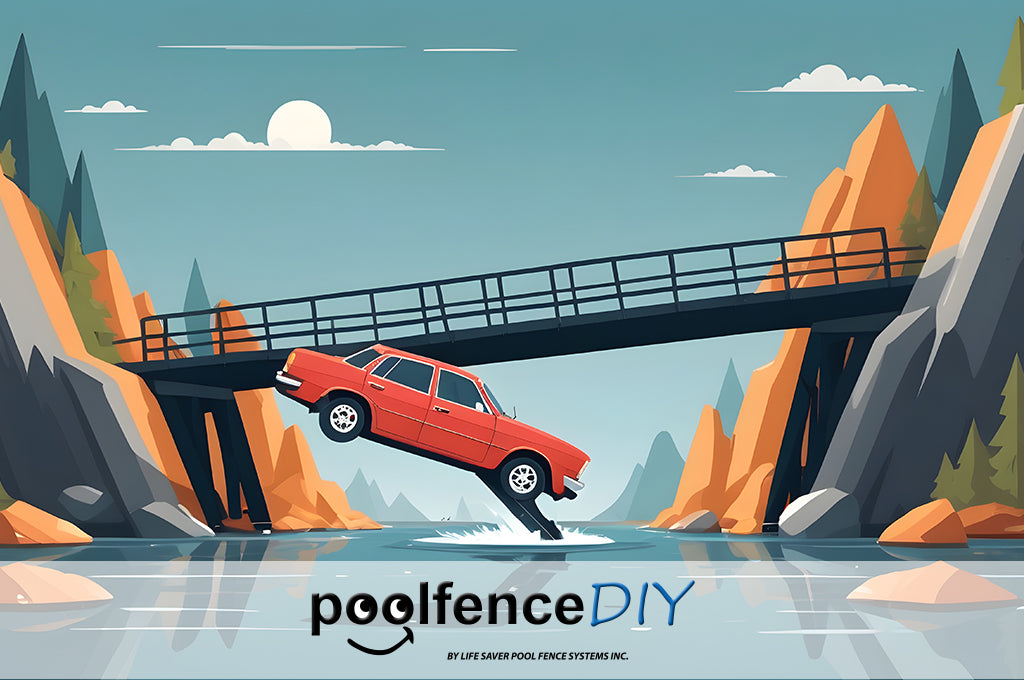What to Do When You Find an Animal in Your Pool

Pools are wonderful. There are many joys of pool ownership, but today, let’s deal with an unpleasant topic. What do you do when you find an animal in your pool?
Are There Serious Health Risks When You Find an Animal in Your Pool?
Let’s get this out of the way early. Most dead animals found in a pool do not pose an immediate threat to swimmers. We take health seriously, so we’re very honest when it comes to discussing the safety of public pools and why you shouldn’t drink the pool water. Fortunately, waking to find an animal in your pool may not be the health disaster it first appears to be. The fact is, most of the time, the germs that a drowned animal carry will not spread into the water. According to the CDC, these germs should only affect the poor creature you’ve discovered. In a grand majority of cases, the chlorine levels of a well-maintained pool should be enough to disinfect the water. That said, a floating carcass is not exactly something that makes for a pleasant swimming experience. When you find an animal in your pool, you should quickly and carefully remove the body. It also wouldn’t hurt to do a bit of extra pool maintenance to ensure a healthy swimming environment. After all, there are always exceptions to consider. For example, if a raccoon drowns in your pool, it may be infected with a worm called Baylisascaris, which can spread to humans. For more information, go to CDC’s Raccoons and Pools page.How to Deal With a Dead Animal in Your Pool
-
Skim the Animal Out
-
Dealing with the Body
-
Shock the Water




